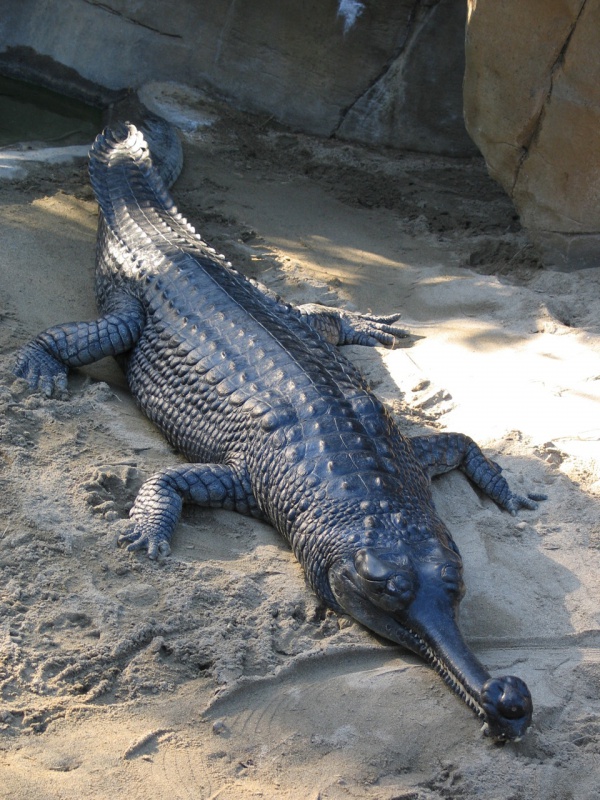Facts About Gharial
The gharial, often referred to as the gavial or fish-eating crocodile, is a unique species of crocodilian within the Gavialidae family. Notable for its impressive length, mature females typically range from 2.6 to 4.5 meters, while males can grow between 3 and 6 meters. One of the most distinctive features of the gharial is the bulbous growth at the tip of its snout, reminiscent of an earthenware pot called a "ghara" which is where it derives its name. This long, slender snout, coupled with sharp, interlocking teeth, makes the gharial ideally adapted for catching fish.
The gharial's origins trace back to the northern Indian subcontinent, with fossil evidence discovered in Pliocene-era deposits in the Sivalik Hills and the Narmada River valley. Currently, they are primarily found in the river systems of the northern plains of the Indian subcontinent, exhibiting highly aquatic behavior. Unfortunately, the wild population of gharials has drastically declined since the 1930s. Conservation efforts have been underway since the early 1980s, focusing on reintroducing captive-bred gharials to their natural habitats. The main threats to their survival include habitat loss, dwindling fish populations, and detrimental fishing practices.
In terms of classification, the gharial has been placed in various genera over the years but is now firmly situated in the genus Gavialis within the Gavialidae family. There has been some debate about the gharial's evolutionary history and its relationship with other crocodilians. Molecular studies suggest that gharials diverged from other crocodilian species during the Late Cretaceous period.
Gharials are olive-colored, with adults being darker than the young. They boast a long, narrow snout, a unique arrangement of teeth, and males have a nasal protuberance resembling a "ghara." Female gharials reach sexual maturity at about 2.6 meters, while males mature at lengths exceeding 3 meters.
Historically, gharials thrived in the major river systems of the northern Indian subcontinent. However, their population and range have significantly diminished. Conservation efforts in India and Nepal have concentrated on reintroduction programs, releasing captive-bred gharials into the wild to help increase their numbers.
The primary threats to gharials include historical hunting, habitat loss, and fatalities caused by fishing activities. Conservation measures include legal protections under the Wildlife Protection Act in India and the National Parks and Wildlife Conservation Act in Nepal. Reintroduction programs began in the late 1970s, aiming to release captive-bred gharials back into river habitats. Despite these efforts, the success of these programs has been mixed due to various challenges affecting gharial survival in the wild.

 China
China